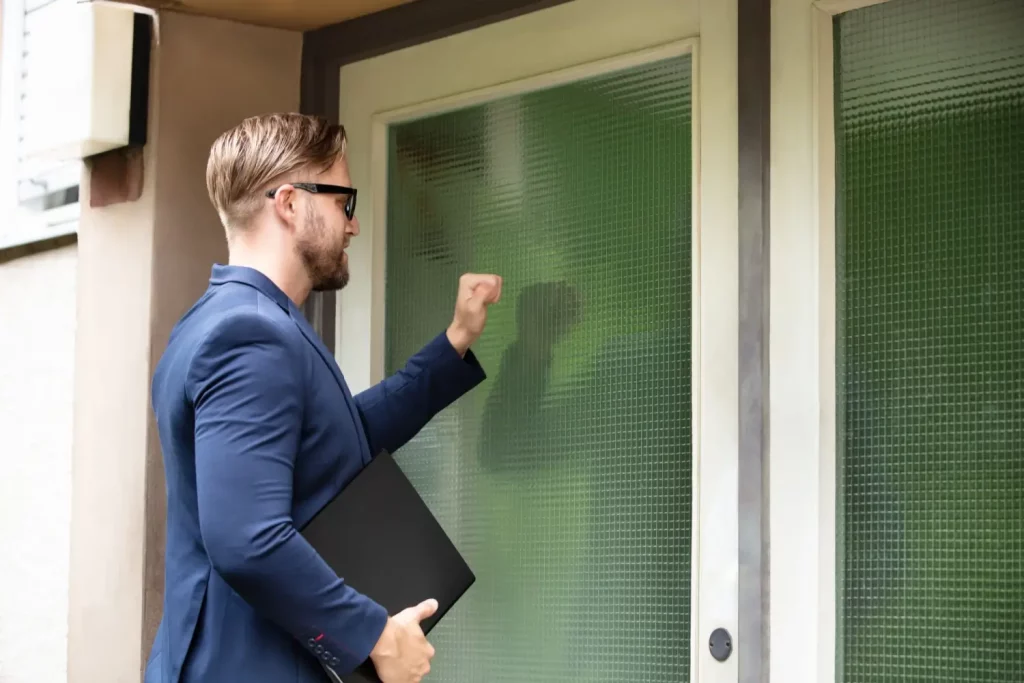In the early 90s, most major photography companies assumed photographic film would remain a photography staple forever. Almost no one, including major film company Kodak, recognized the rising threat of digital film in time to respond effectively. However, this new film medium almost replaced traditional film within a few years, leading Kodak to file for Chapter 11 bankruptcy protection in January 2012 after several difficult years.
However, in September 2013, Kodak restructured its business plan to mimic that of Fujifilm, which survived the digital film revolution comparatively intact. Kodak is now working hard to recover its losses by creating a narrower focus, discarding liabilities, rebranding while capitalizing on their current recognition and learning from competitors. While Kodak hasn’t fully recovered—the second half of 2014 will likely determine the company’s continued existence—they’re making some important moves to get their business back on track after a difficult restructuring.
Corporate insolvency isn’t a problem any business plans for, yet especially after the still-recent economic downturn, more and more businesses have found themselves in difficult financial situations. Dealing with insolvency and considering restructuring or bankruptcy can be frightening, but it isn’t an impossible situation. The rest of this blog will discuss corporate insolvency in Canada and explore ways to move forward when your business finds itself in this unfortunate situation.
Key Takeaways
Corporate Insolvency and/or Bankruptcy
The Companies Creditors Arrangement Act (CCAA) and the Bankruptcy and Insolvency Act (BIA) govern corporate insolvency and corporate bankruptcy in Canada. Insolvency is the condition that leads companies to file for bankruptcy; it occurs when your liabilities outnumber your assets or when a company is unable to meet liabilities as they become due. Bankruptcy and receivership are possible results when a company is unable to meet its obligations. Assigning a company into Bankruptcy is the process of legally declaring that it is necessary to realize on the assets of the company as it can no longer pay its debts.
Businesses can explore a few options when they become insolvent, including a Division I proposal, restructuring, or bankruptcy.
Notice of Intention to Make a Proposal/Division I Proposal
Under this BIA procedure, you are afforded a stay of proceeding or freeze on creditor collection actions for a period of 30 days to 6 months during which time a bankruptcy trustee helps a business restructure and ultimately, make an offer to creditors. The proposal can either extend the period of time a business has to pay a debt, or create a specific payment plan where debtors pay a specific percentage to creditors over a set period of time. Some proposals combine the two.
Restructuring
Under the CCAA, insolvent businesses owing more than $5 million to their various creditors can reorganize and restructure. The court will protect the business while they create a Plan of Arrangement or Plan of Compromise to pay their creditors. The court oversees the entire procedure.
Bankruptcy
Corporations can file for bankruptcy under the BIA if a restructuring under CCAA or the BIA is not viable or if all restructuring options have already been exhausted.
Generally, your business is voluntarily assigned into bankruptcy by resolution of the directors. Your business can also go into bankruptcy by a successful petition by a creditor to get a bankruptcy order or if a Division I Proposal is voted down by the creditors or not approved by the court.
In a business bankruptcy, the Trustee realizes on all the available assets and distributes the proceeds in priority to the creditors.
Typically, bankruptcy means that your business number will be closed after the discharge; most corporate bankruptcies end the company’s existence, unless the company can pay back all its debts during the process. Similarly, if one member of a two-person partnership declares bankruptcy, the business partnership must end. However, if the partnership includes more than two people, it may continue to exist as long as all parties reach an acceptable arrangement.
If you personally plan to pursue other business options, you can do so with a new business number the day after being assigned into bankruptcy.
Insolvency Recovery
The government understands that more and more businesses are experiencing hard financial times, especially after the financial crisis. As a result, the government provides a variety of financing options and grants to help struggling businesses recover. Learn more about grants and loans your business could be eligible for at the Canada Business Network.
During a difficult economic period, you might also have to make hard decisions regarding your employees. While layoffs might seem like a cost-effective solution, they sometimes hurt your finances more than they help: legal fees and severance pay, as well as the loss of employees’ knowledge and experience, can take their toll. However, you won’t have to pay termination or severance as they are an unsecured claim in a CCAA or Division I Proposal.
The Canada Business Network recommends reducing a few employees’ work weeks, reorganizing your staff, offering low-cost incentives, and other solutions to retain employees. Visit their website for more tips.
Each individual business will have unique decisions to make when it comes to dealing with insolvency. Let a trustee in bankruptcy give you help to recover from debt, and move forward. A bankruptcy trustee can give you insolvency advice that directly relates to your specific business. Now that you understand your options, contact Harris & Partners Inc. today to start discussing insolvency recovery tactics and procedures that are just right for your unique business.











